Between the Buttons by The Rolling Stones
Buy Between the Buttons Between the Buttons was an album released in January 1967 by The Rolling Stones. Sonically, the album works well with the strong mid-sixties British rock that the Beatles produced […]
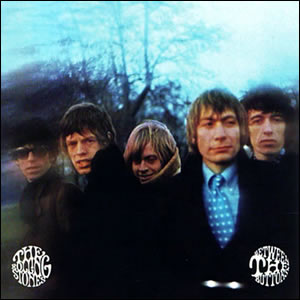
Buy Between the Buttons Between the Buttons was an album released in January 1967 by The Rolling Stones. Sonically, the album works well with the strong mid-sixties British rock that the Beatles produced […]
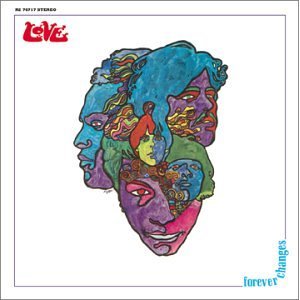
Buy Forever Changes/a> Forever Changes is the third album by the folk rock band Love, and has become their crowning achievement musically. It is a richly produced and sonically fine album which was […]
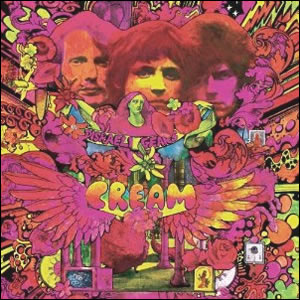
Buy Disraeli Gears Rock’s first “super group”, the British trio Cream was only together for a few years in the late 1960s with only four albums to their credit. However, they left a strong […]
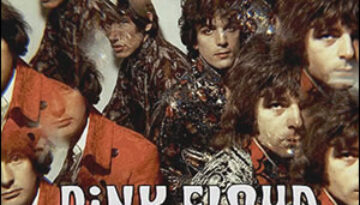
Buy The Piper At the Gates of Dawn The Piper At the Gates of Dawn is the legendary debut album by Pink Floyd and the only album during their Syd Barrett-led era. This […]

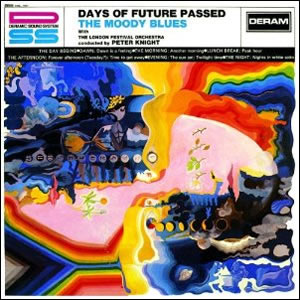
Buy Days of Future Passed Although Days of Future Passed is the second official album by The Moody Blues, it was the first to lay out the prog-rock template which would define the […]
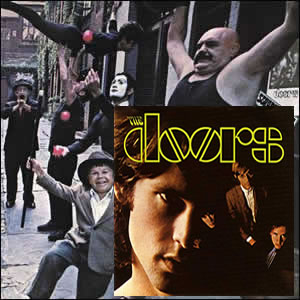
Buy The Doors Buy Strange Days I have been a fan of The Doors music since I was about 12 or 13 and have constantly gone back and forth over which is their […]

Buy Harvest Moon It may be a bit controversial to name a decidedly “retro” album as the album of the year for any particular year. Many rock fans who reflect back on the […]
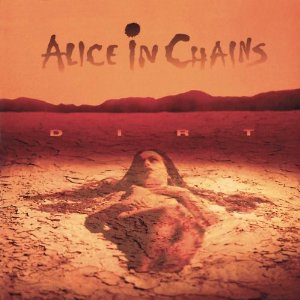
Buy Dirt The band which practically invented the genre of dark alternative metal, Alice In Chains bridged the gap between the “traditional” heavy metal and the new, alternative inspired “fusion” metals which began […]
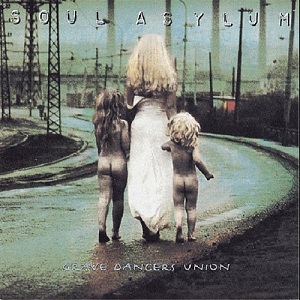
Buy Grave Dancers Union One of the hardest working bands of the late 1980s, Soul Asylum finally broke though in 1992 with Grave Dancers Union. Made up of well-composed three and four minute […]